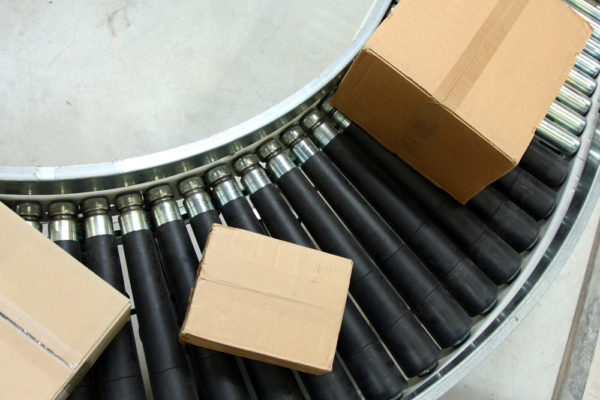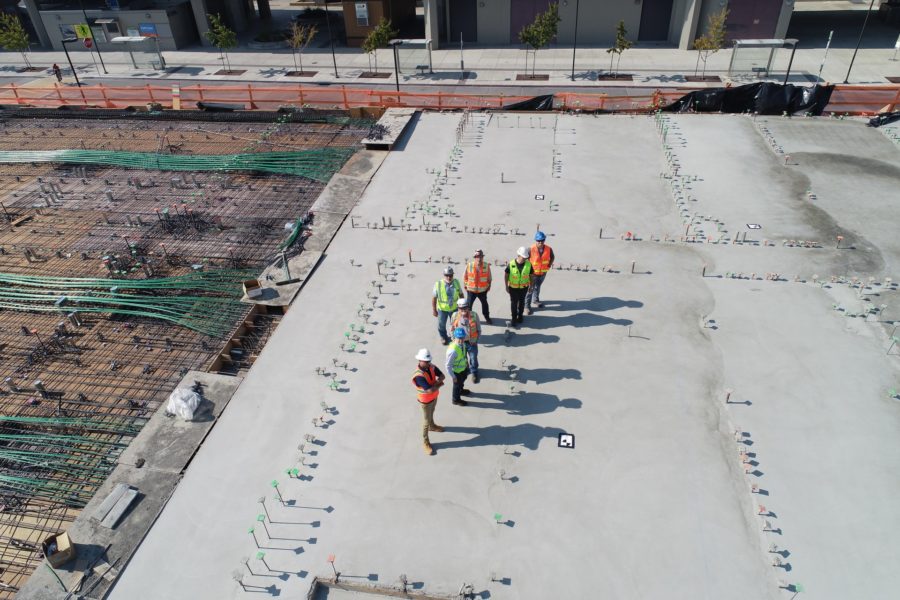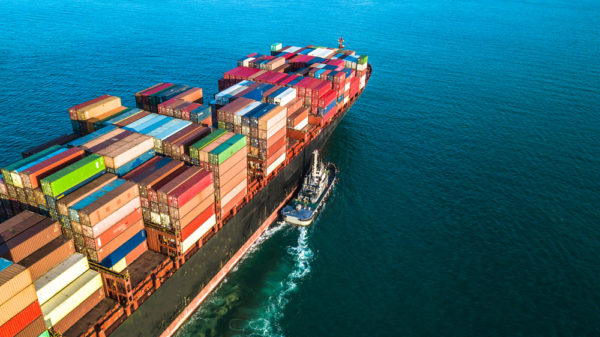Sign up for recent trade news that can affect your business:
July 4, 2020
How to Streamline Your Supply Chain

Maintaining efficiency across your entire supply chain can help reduce overall expenses and ultimately increase profitability. Considering the rapid developments of today’s supply chain technology like TMS, and the increasing demands of consumers, having a streamlined supply chain and top notch distribution services are crucial for success.
There are certain steps you can take to streamline your supply chain and maintain the efficiency of operations.
Audit Supply Chain Processes and Optimize Accordingly
It’s important for you to have a specific process in place to review your supply chain and identify any weaknesses that you can address. Try to evaluate your supply chain processes as soon as you can, which will enable you to find and resolve any issues that could otherwise hinder efficiency and profitability.
With more optimized processes along the supply chain, you’ll be able to improve lead times and benefit from potentially significant cost reduction. You can also maintain a consistent stock level that will cut down on costs pertaining to handling and warehousing.
Utilize Current Systems
Many outdated in-house supply chain systems may be difficult to use, unnecessarily complex, and inflexible, let alone challenging to retrofit. However, it’s important to extract any invaluable data that still might be crucial to your supply chain after an upgrade.
Using the information gathered from your legacy systems, you can more successfully integrate old systems with new ones utilizing devices such as smartphones, tablets, laptops, and other tools. As a result, you’ll be able to experience an easier transition when optimizing your supply chain.
Eliminate Any Duplicate Data
One of the key ways to increase efficiency and further decrease costs is to eliminate manual data entry, including entry of duplicate data across a variety of systems that would otherwise waste resources and time. Keeping multiple sets of the same data in several systems can also increase the risk of inaccuracies, but streamlining with automation will mitigate this risk.
Getting rid of tedious data entry tasks will also help improve employee productivity and enable them to redirect attention to more important matters, including customer interaction.

Consider the Needs of Consumers
When you streamline your supply chain, you’ll also be able to direct your attention to the bigger picture beyond simple order fulfillment, allowing you to focus on and gain a better understanding of what your customers want and need from you. Understanding your customers will be particularly crucial if you provide customized products and services as you can focus on delivering exactly what they’re looking for, leading to increased profits.
In short, improving the efficiency of your supply chain processes will improve customer satisfaction in addition to order fulfillment.
Work with Dependable Professionals
If you want to make sure your business gets what it needs to maximize efficiency and profitability across the entire supply chain, the best solution is to work with professionals who understand what a supply chain requires at every point. Working with an experienced team like the experts at Carson International can supercharge your supply chain and ensure that you benefit from a reliable solution.
Streamlining your supply chain is necessary today if you want to get the most from your operations. With a fully optimized supply chain, you can keep up with increasing demands and developing technology as you stay ahead of the curve.








